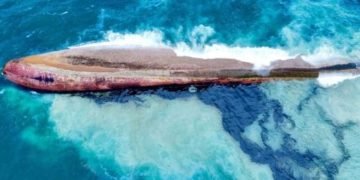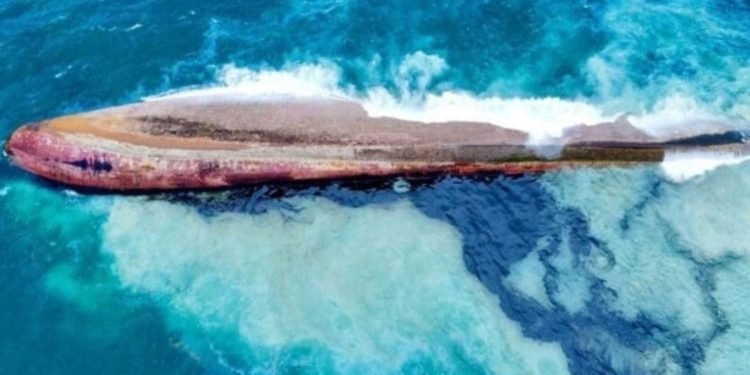Trinidad and Tobago faced a severe environmental crisis on February 7 when an overturned vessel triggered a massive oil spill, declared a “national emergency” by the country’s Prime Minister. The incident occurred off the southern shores of Tobago Island, resulting in approximately 15 kilometers (9 miles) of coastline being heavily impacted, as reported by the Office of Disaster Preparedness and Management (ODPM).
Disturbing images from the site depict recovery workers navigating through thick, black sludge, with extensive stretches of the beach coated in oil. The ODPM noted that multiple government agencies, alongside over 1,000 volunteers, are actively involved in containment efforts.
Despite these initiatives, Prime Minister Keith Rowley expressed during a news conference that the situation remains “not under control.” The vessel’s origins are yet to be identified, adding an element of uncertainty to the response efforts.
In addressing the gravity of the situation, Rowley emphasized that the spill constitutes a “national emergency” and will require extraordinary funding. The full extent of the required resources is still unknown.
To prevent the spread of the spill to other areas, authorities have implemented booms—floating barriers. Farley Augustine, the chief secretary of the Tobago House of Assembly, confirmed these measures, also mentioning that divers have been deployed to address the leak, albeit without success so far.























